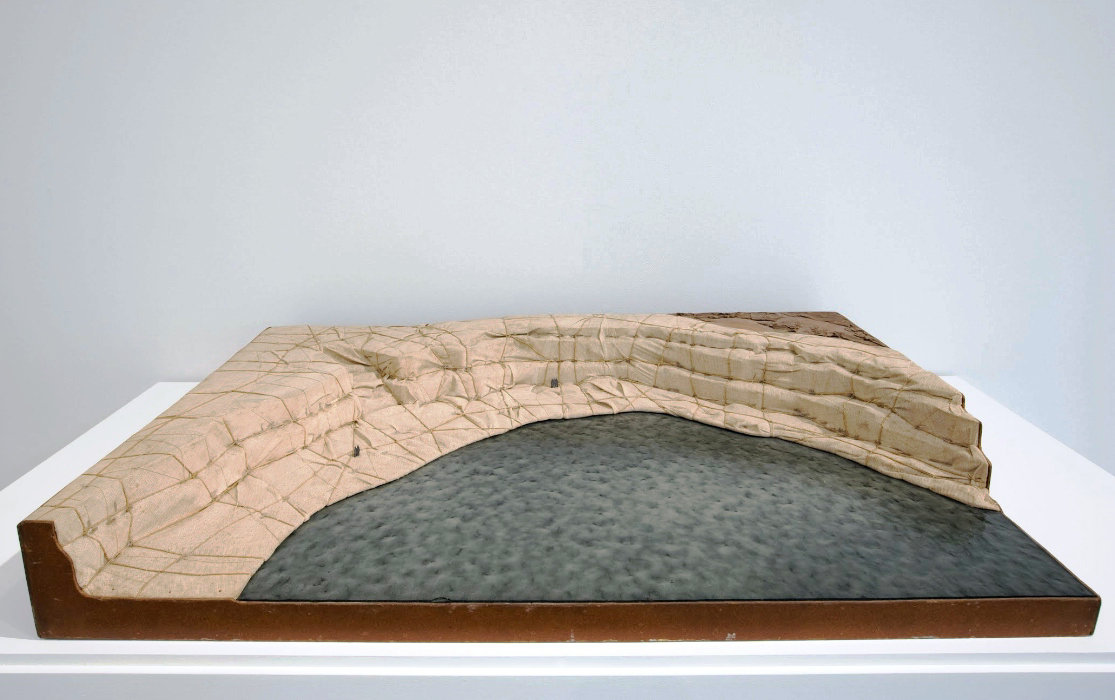Movement of French and other European artists announced by the publication in Paris of a short manifesto of 27 October 1960, drawn up by the French critic Pierre Restany (b 1930) and signed by the original Nouveaux Réalistes These were Arman, the French artist François Dufrêne (1930–82), Raymond Hains, Yves Klein, Martial Raysse, Daniel Spoerri, Jean Tinguely and the French artist Jacques de la Villeglé (b 1926) The Nouveaux Réalistes were a loosely organized band of artists, working in a variety of media, but chiefly distinguished by their reaction against the prevailing aesthetic of Lyrical Abstraction or Art informel In contrast to the abstract painters of the late 1940s and 1950s, the Nouveaux Réalistes favoured materials taken from everyday urban life Their work can be seen as a response to the rise of an American-style, consumer society in post-war Europe, and as a reaction against abstraction it had much in common with that of Jasper Johns and Robert Rauschenberg, while their embrace of popular culture foreshadowed Pop art of the 1960s But unlike Pop artists, Nouveau Réalismeshowed little interest in painting
new realism refers to an artistic movement founded in 1960 by the art critic Pierre Restany and the painter Yves Klein during the first collective exposition in the Apollinaire gallery in Milan Pierre Restany wrote the original manifesto for the group, titled the “Constitutive Declaration of New Realism,” in April 1960, proclaiming, “Nouveau Réalisme—new ways of perceiving the real” This joint declaration was signed on 27 October 1960, in Yves Klein’s workshop, by nine people: Yves Klein, Arman, Martial Raysse, Pierre Restany, Daniel Spoerri, Jean Tinguely and the Ultra-Lettrists, Francois Dufrêne, Raymond Hains, Jacques de la Villeglé; in 1961 these were joined by César, Mimmo Rotella, then Niki de Saint Phalle and Gérard Deschamps The artist Christo showed with the group It was dissolved in 1970
[pt_view id=”cb2a600ync”]
Contemporary of American pop art, and often conceived as its transposition in France, new realism was, along with Fluxus and other groups, one of the numerous tendencies of the avant-garde in the 1960s The group initially chose Nice, on the French Riviera, as its home base since Klein and Arman both originated there; new realism is thus often retrospectively considered by historians to be an early representative of the Ecole de Nice movement
The members of the nouveaux réalistes group tended to see the world as an image from which they could take parts and incorporate them into their works—as they sought to bring life and art closer together They declared that they had come together on the basis of a new and real awareness of their “collective singularity”, meaning that they were together in spite of, or perhaps because of, their differences But for all the diversity of their plastic language, they perceived a common basis for their work; this being a method of direct appropriation of reality, equivalent, in the terms used by Pierre Restany, to a “poetic recycling of urban, industrial and advertising reality”
Thus the nouveaux réalistes advocated a return to “reality” in opposition to the lyricism of abstract painting They also wanted to avoid what they saw as the traps of figurative art, which was seen as either petty-bourgeois or as Stalinist socialist realism Hence the Nouveau Réalistes used exterior objects to give an account of the reality of their time They were the inventor of the décollage technique (the opposite of collages), in particular through the use of lacerated posters—a technique mastered by François Dufrene, Jacques Villeglé, Mimmo Rotella and Raymond Hains Often these artists worked collaboratively and it was their intention to present their artworks in the city of Paris anonymously
Nouveau réalistes made extensive use of collage and assemblage, using real objects incorporated directly into the work and acknowledging a debt to the readymades of Marcel Duchamp But the New Realism movement has often been compared to the pop art movement in New York for their use and critique of mass-produced commercial objects (Villeglé’s ripped cinema posters, Arman’s collections of detritus and trash), although Nouveau Réalisme maintained closer ties with Dada than with pop art
